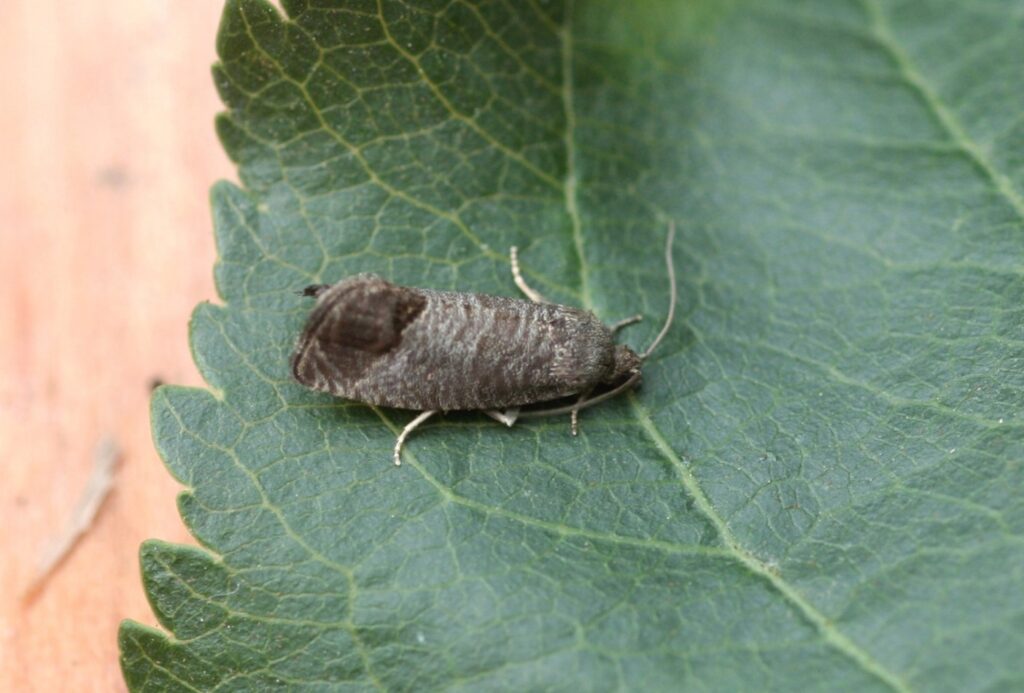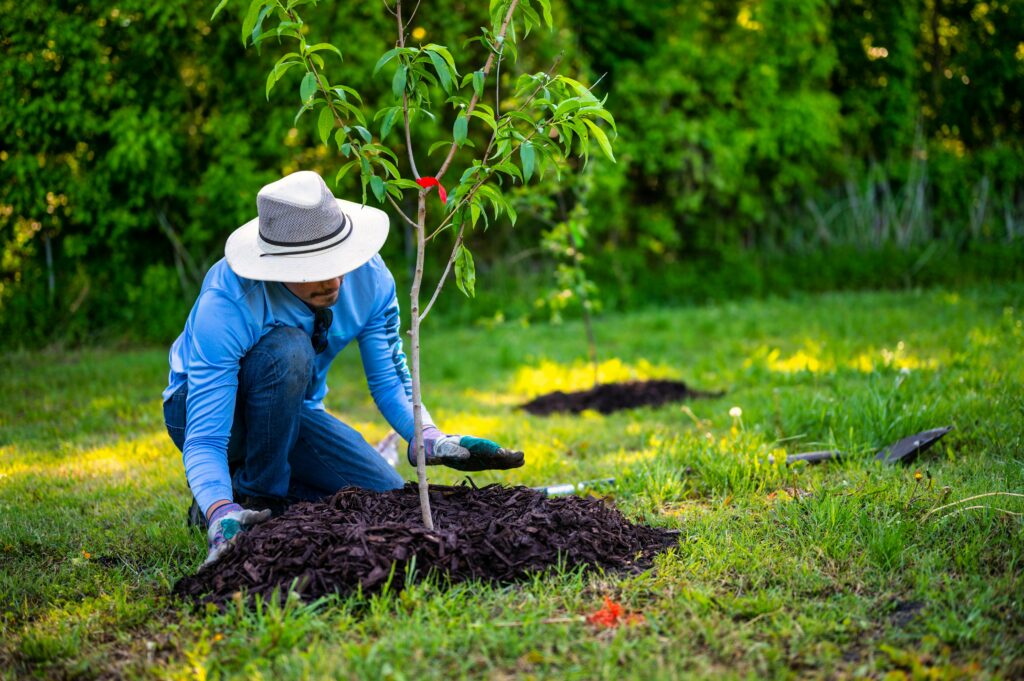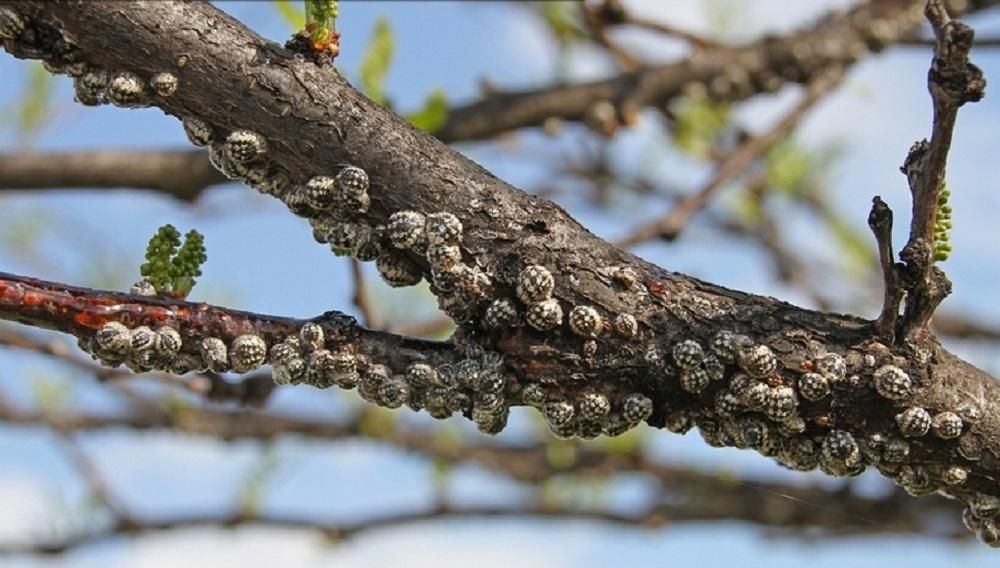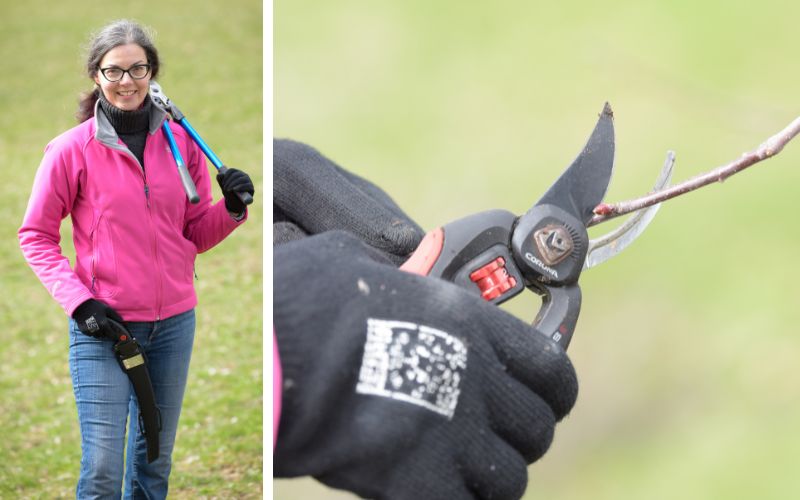
One cherry pick led Ryan to sharing over a decade with NFFTT
May is an exciting month of blossoms and warmer temperatures! While you may be tempted to head outside to start cleaning up your yard, May is a month to be patient. A wide variety of important pollinators are still sleeping in leaf litter, garden beds, and in all the nooks and crannies of your yard. Let your garden/yard rest until temperatures have been warm (consistently over 10 Celsius) for 7 to 10 days. This will allow pollinators to wake up and safely depart from their sleeping spots.
While you’re waiting for your yard to wake up, hone in on your monitoring skills during and after pollination to keep tabs on the overall health of trees this season!

Do the blossoms look properly formed and healthy?
Approximately what percentage of your tree has blossom coverage?
How dense are the blossoms?

Don’t rake/tidy your yard too early, as pollinators nestling in the leaves are just waking up!
Find out what Bee City Canada recommends for No Mow May.
Check out the CIty of Toronto’s resource for ways to help wild bees & other native pollinators.

Codling Moth and Apple Maggot Fly cause damage primarily to pome fruit (apples, pears, and crabapples), and if left untreated, can infest up to 90% of the fruit on an apple tree.
NFFTT is not able to donate fruit with codling moth damage to most community agencies, as fruit in this condition requires processing in order to be safely consumed. If the fruit has substantial codling moth damage, NFFTT may not be able to pick the fruit.
May is the time to begin a monitoring and treatment program for codling moth!
The Giving Grove has a great article on the life cycle and how to manage codling moth, as does University of Minnesota Extension.




Join Not Far From The Tree, home growers, arborists and small scale orchardists from across North America and around the world in 5-star-rated organic fruit tree care education with Orchard People’s interactive, instant access courses.
Find courses like: Certificate in Fruit Tree Care; Fruit Tree Pruning Masterclass; Managing Fruit Tree Pests & Disease; Soil Essentials for Fruit Trees; and so many more!
Or, tune in to the Orchard People podcast! Join live and submit your questions to an expert guest, or catch the show later on your favorite platform.

One cherry pick led Ryan to sharing over a decade with NFFTT

Maddie’s love for NFFTT’s model of shared abundance